The problem of saving electrical energy does not bypass any of its consumers and every year it becomes aggravated due to the increase in the number of household appliances. The multi-tariff electricity meter installed today in most residential apartments can provide significant help in overcoming it. In order to fully appreciate the advantages of new electronic metering devices, you will need to familiarize yourself with the features and those subtleties that are necessarily taken into account during their operation.
Features of multi-tariff metering

A multi-tariff electricity meter is a specialized electronic device that provides a combined approach to accounting for electricity consumed for household needs. With its help, payment for electricity consumption is differentiated according to the following daily intervals:
- night zone (23.00-07.00 hours);
- peak mode with maximum loads (07.00-10.00 and 17.00-21.00 hours);
- half-peak zone (10.00-17.00 and 21.00-23.00 hours).
During half-peak periods, payment corresponds to the norm for each Russian region, and during peak periods for enterprises, it exceeds the standardized indicator by 2 percent. A significant discount for the population is provided at night (the tariff is reduced by 30 percent).
Multi-tariff metering of electricity allows the client to choose at will the time intervals for household operations that require high energy costs. This can be the start of an automatic wash in the morning or a night ironing mode, for example. The question of the profitability of installing a meter with differentiated tariff accounting is not always decided unambiguously. Everything is explained by the attitude of the population towards night work. Not every housewife has the desire and ability to do them at night.
Potential Difficulties in Relations with Energy Companies
Before installing a multi-tariff electricity meter, it is important to understand what it is and how it will affect the operation and maintenance of the device. Many consumers refuse to install it, explaining their actions by unwillingness to incur extra costs for fictitious benefits. In this situation, they have to deal with fraudulent actions on the part of the energy supplier, imposing their services on the client.
The law is on the consumer's side, since it clearly stipulates that a multi-tariff energy meter can be installed only with the consent of the owner of the house or apartment.
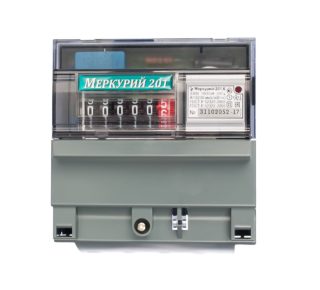
As an example, we will consider a specific user request for the ability to install any model at its discretion. In a particular case, the following question is asked: does the energy supplier have the right to demand the installation of a certain brand of electric meter? In particular, the question is: what to do if the device Mercury 201.5 is available, for example, and the representatives of the company demand to replace it with Mercury 201.22? A careful study of this issue reveals the following.
In accordance with Article 16 of the Federal Law "On Protection of Consumer Rights", the terms of the contract are invalidated, which in particular cases infringe upon the rights of citizens. This comparison is made with those rules, the supremacy of which is confirmed by the current laws or other legal acts of the Russian Federation.
In addition, the law is categorically prohibited from making the purchase of some samples of products in private ownership obligatory for the purchase of substitute goods (works or services). Losses caused to the consumer due to the illegality of such a replacement and violation of his right to free choice must be compensated by the seller in full. Focusing on these provisions, the user has the right to keep the meter model that he already has.
Types of multi-tariff devices and selection rules
A competent choice of a multi-rate meter is impossible without knowledge of the existing varieties of these devices. To get acquainted with them, it is important to evaluate all the possible options for such a classification.
Types of devices
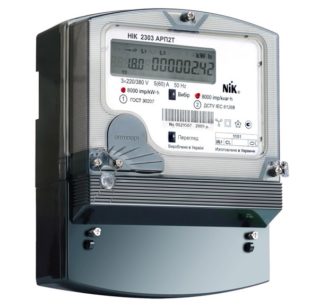
According to the principle of operation, multi-rate meters, like all other samples of this technique, are divided into induction and electronic models. Both those and other devices, according to the type of electricity recorded, are divided into single-phase and three-phase devices installed in 380 volt circuits. Three-phase multi-tariff electricity meters are used in private households, where it is possible to install the appropriate power equipment. It includes pumps, lathes and milling machines, as well as other mechanisms that include asynchronous motors.
The difference between the metering devices offered to the user is manifested in the power that he is able to withstand, as well as in the declared value of a specific sample.
There are models of electricity meters that can operate at temperatures from -40 to +55 ° C. These devices are suitable for use in "cold" and "hot" rooms. They are often installed on the outer walls of wooden houses from the street side. This is done so that the incoming accountants can take readings in the absence of the owners. In addition to permanently operating household appliances, the industry produces special samples of calculating devices, called reference devices.
Criterias of choice
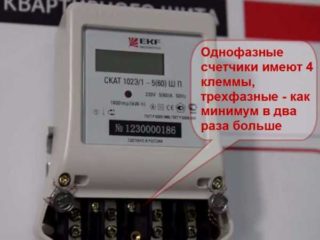
Before buying a metering device, you need to master the rules for choosing it, usually boiling down to the following points:
- decide on the type of accounting: single-rate or with several tariff plans;
- decide what type of meter is required by the type of power supply: three-phase 380 volts or single-phase;
- consult with specialists about the power of the purchased device, depending on the amount of consumption in the household network: the number of devices connected to it at the same time;
- make sure that there is a quality certificate that guarantees reliable operation of the meter.
It is extremely important to determine in advance which device to choose according to the principle of operation (electronic or induction). Despite the fact that the cost of the former is slightly higher, it is best to choose it. Thanks to the built-in electronic circuit containing a microprocessor chip, this type of meter is considered to be more reliable.
Advantages and disadvantages
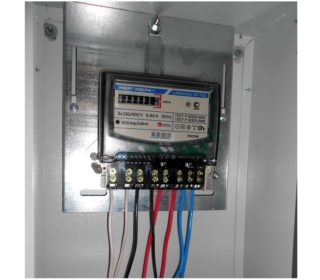
The advantages of multi-rate meters include the following capabilities:
- Electronic devices allow taking readings in the automated metering mode - directly from the dispatching console.
- The measurement results are processed by a microcontroller, stored in the internal memory and displayed on the display - their visual control is possible.
- The data obtained for a certain period is stored for a long time.
- Electronic models are protected against unauthorized access.
During the operation of the device, prepayment and control of the distribution of the load connected to it is possible.
Electronic meters are resistant to all types of external influences, including mechanical, climatic and electromagnetic. The disadvantages of multi-tariff electricity meters include their high cost and electricity consumption for internal needs. This value is not so great, but over time it is still added to the total.
The specifics of the operation of counters of various types
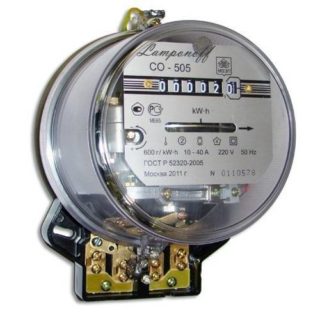
A good example of the nature of the functioning of metering devices is an electromechanical meter, which operates due to the interaction of electromagnetic fields. The number of revolutions of a mechanical disk placed in the field is proportional to its absolute value. Devices of this type include the following samples:
- single-phase meter SO-505 with an accuracy class of 2.0;
- its close resemblance under the designation CO-1, with the declared class 2.5;
- three-phase models SA3U-I670 and SR4U-I673, having a measurement accuracy class of 2.0.
The product range of electronic devices is represented by meters, in which the line current and voltage form pulse signals with a frequency proportional to the energy taken from the power grid.
As an example of such counters, the following samples can be considered:
- single-phase "Mercury 201" or "Mercury 200.02", designed for accuracy class 2.0;
- three-phase electrical appliance "Mercury 230A" with an accuracy class of 1.0;
- ALPHA A1R, intended for operation in 380 Volt networks and having a class of 0.5S;
- electric energy metering devices, which provide for special calculating mechanisms that measure consumption over certain time intervals (with multi-tariff accounting).
Before buying a multi-rate meter of any brand, you should carefully familiarize yourself with all its capabilities, as well as with the advantages and disadvantages of this device. Only after making sure that it is really useful and will allow you to really save electricity, you can make the final decision on the purchase.








